50+ Sample Confidentiality Agreements
-
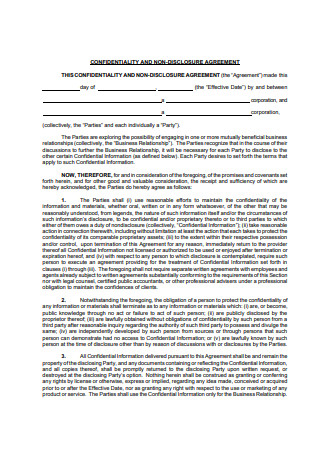
Confidentiality and Non- Disclosure Agreement
download now -
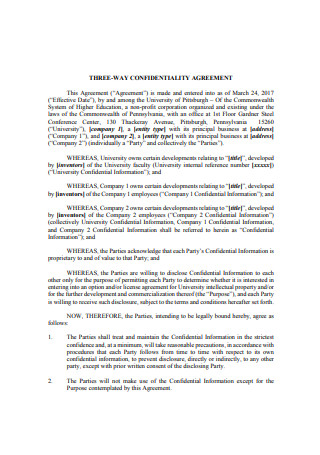
Three-Way Confidentiality Agreement
download now -

Confidentiality Agreement Format
download now -

Customer Confidentiality Agreement
download now -
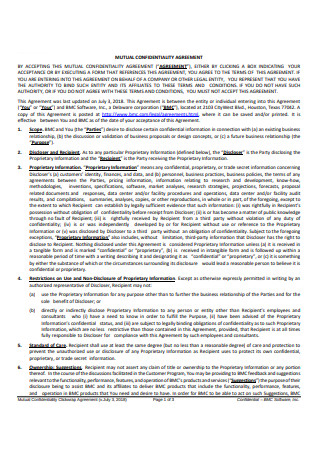
Mutual Confidentiality Agreement
download now -
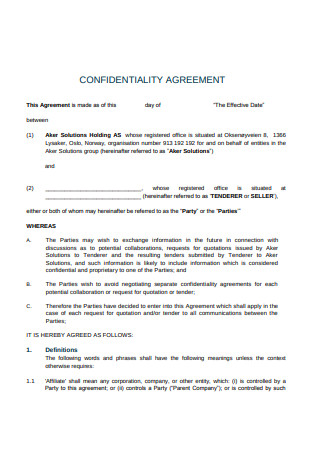
Sample Confidentiality Agreement
download now -

Mutual Confidentiality Agreement Format
download now -
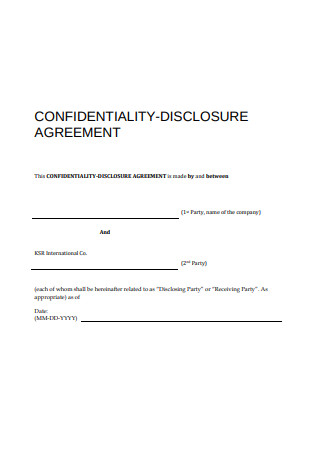
Confidentiality-Disclosure Agreement
download now -
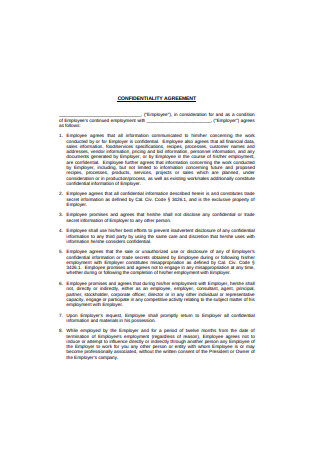
Sample Confidentiality Agreement Format
download now -
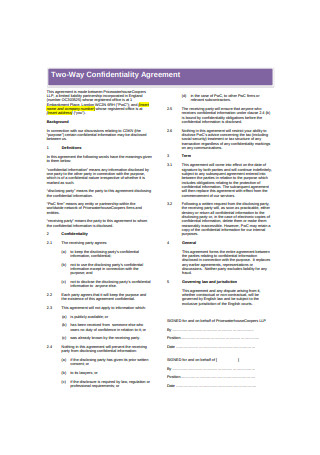
Two-Way Confidentiality Agreement
download now -

Basic Confidentiality Agreement Example
download now -

Information Security Confidentiality Agreement
download now -

Basic Confidentiality Agreement Format
download now -
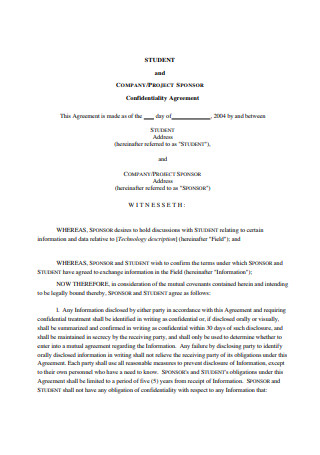
Sample Confidentiality Agreement Example
download now -
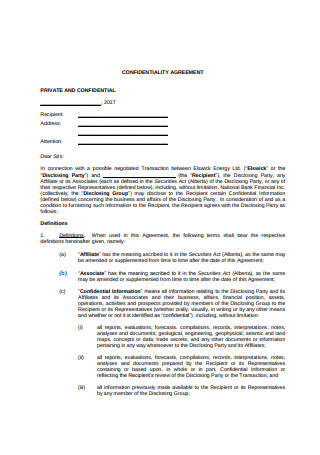
Formal Confidentiality Agreement
download now -

Student Confidentiality Agreement
download now -

Standard Confidentiality Agreement
download now -
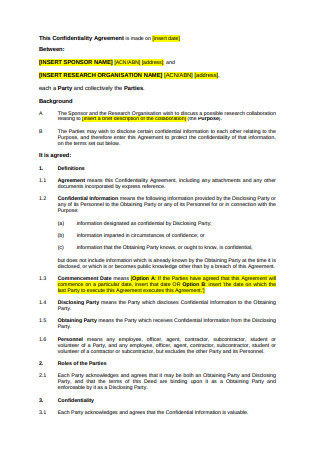
Model Confidentiality Agreement
download now -

Employee Confidentiality Agreement Format
download now -
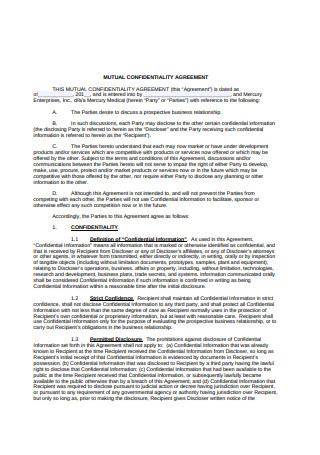
Mutual Confidentiality Agreement Example
download now -
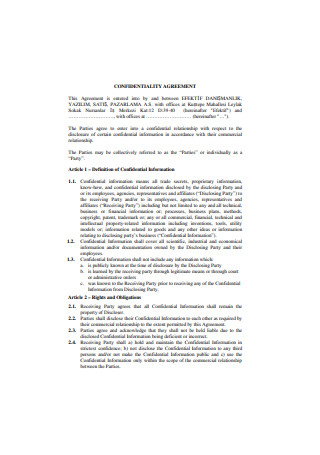
Confidentiality Agreement Example
download now -
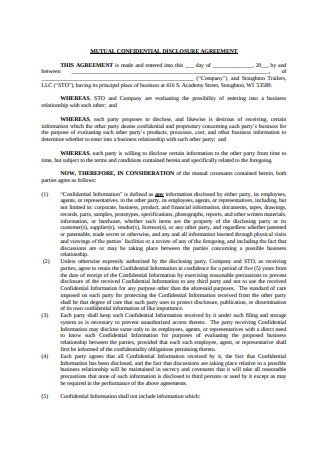
Mutual Confidentiality Disclosure Agreement
download now -
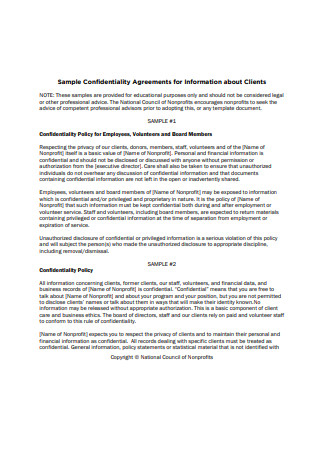
Standard Confidentiality Agreement Example
download now -
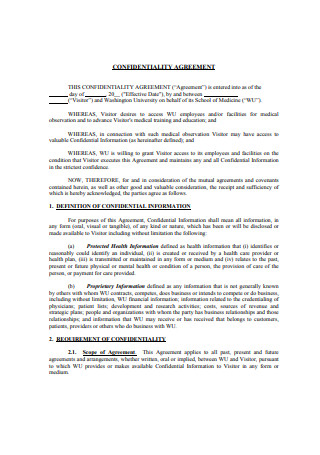
Basic Confidentiality Agreement Sample
download now -

Supplier Confidentiality and Non-Disclosure Agreement
download now -

Formal Confidentiality Agreement Example
download now -
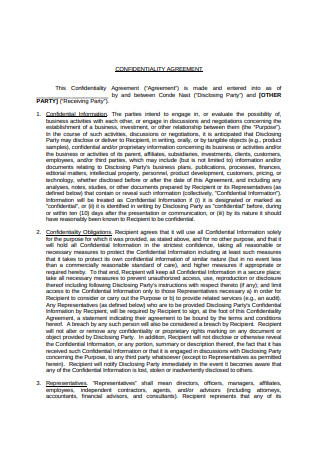
Mutual Confidentiality Agreement Sample
download now -
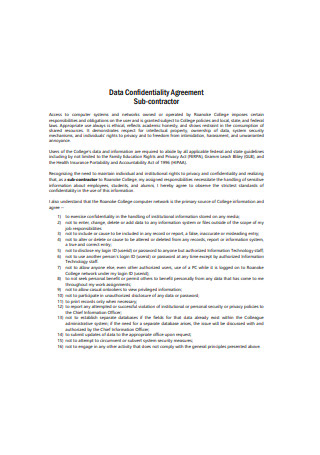
Data Confidentiality Agreement
download now -
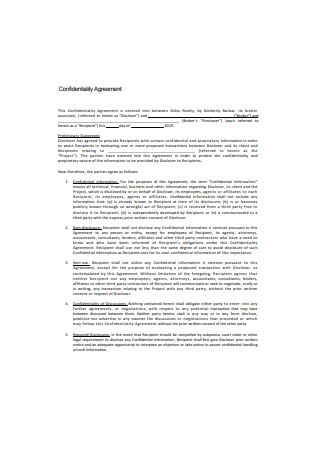
Standard Confidentiality Agreement Format
download now -
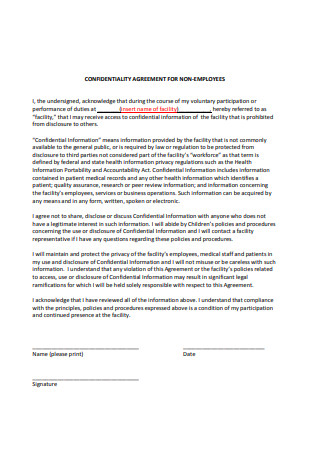
Confidentiality Agreement for Non-Employees
download now -
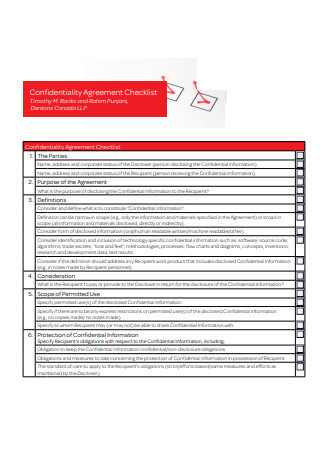
Confidentiality Agreement Checklist
download now -
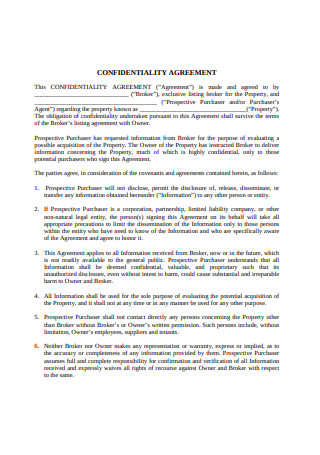
Basic Confidentiality Agreement
download now -

Standard Confidentiality Agreement Sample
download now -
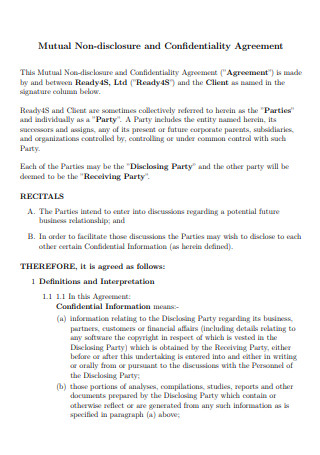
Mutual Non-disclosure and Confidentiality Agreement
download now -

Printable Confidentiality Agreement
download now -
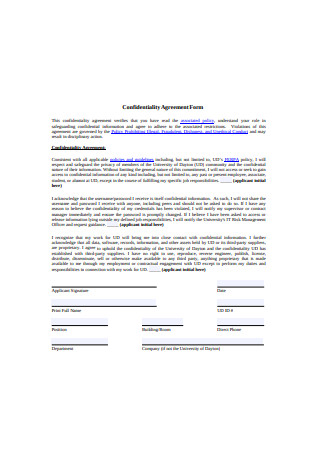
Confidentiality Agreement Form
download now -
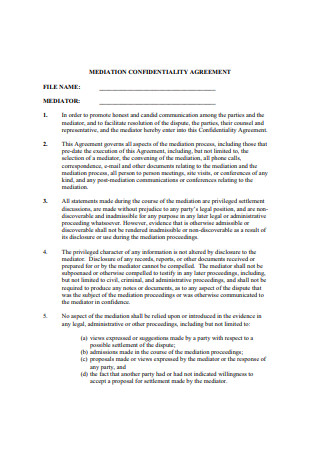
Mediation Confidentiality Agreement
download now -

Sample Mutual Confidentiality Agreement
download now -
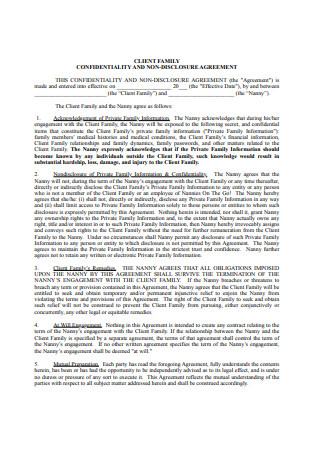
Family Confidentiality Agreement Format
download now -
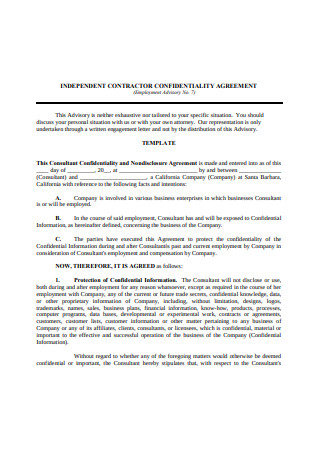
Independent Contractor Confidentiality Agreement
download now -
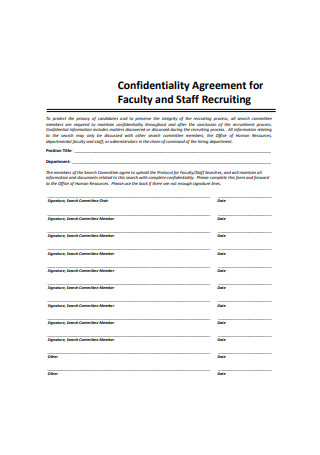
Confidentiality Agreement for Recruiting
download now -
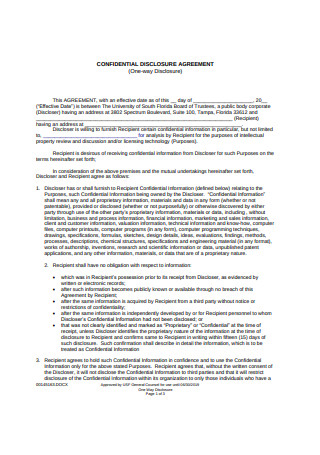
Confidentiality Disclosure Agreement
download now -
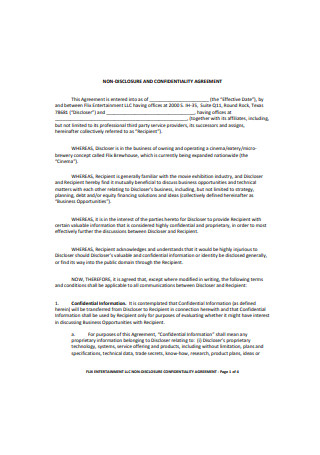
Mutual Non Disclosure Confidentiality Agreement Format
download now -
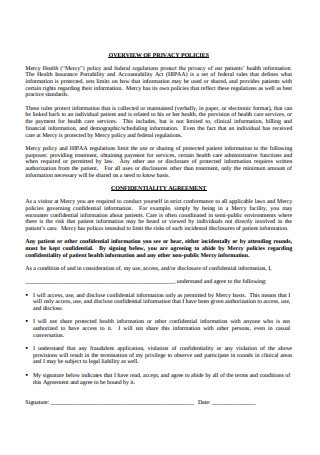
Confidentiality Agreement for Visiting Students
download now -
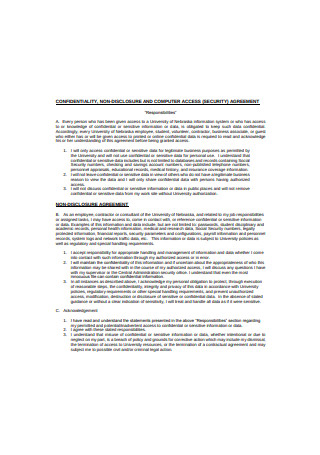
Confidentiality and Information Security Agreement
download now -
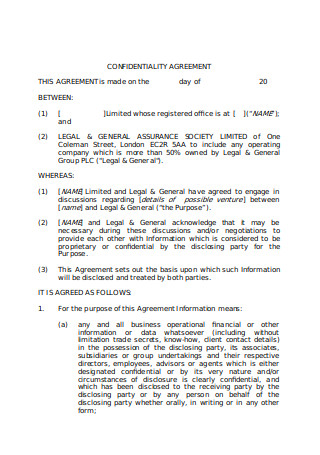
Standard Confidentiality Agreement Form
download now -
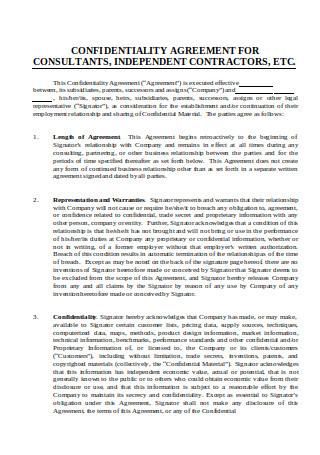
Confidentiality Agreement for Consultants
download now -
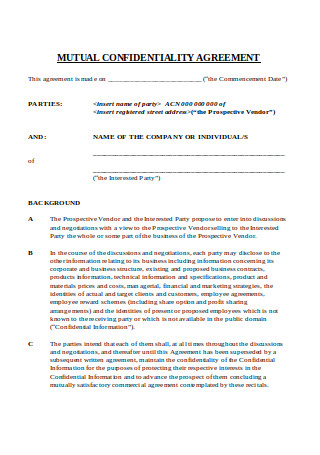
Simple Mutual Confidentiality Agreement
download now -
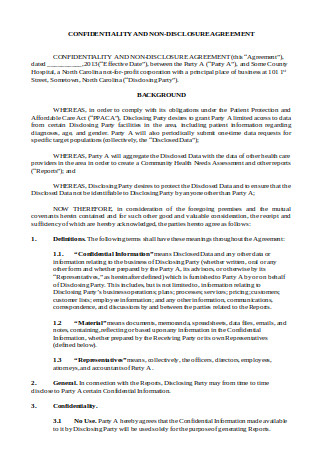
Confidentiality and Non Disclosure Agreement Example
download now -
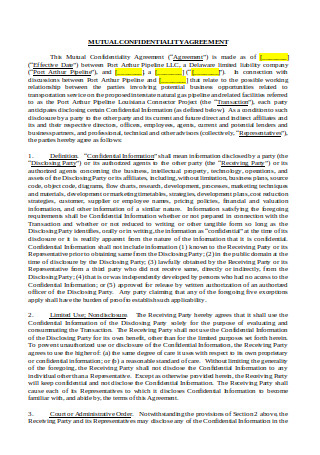
Basic Mutual Confidentiality Agreement
download now -
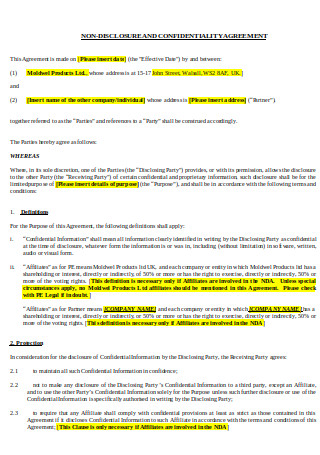
Non-Disclosure and Confidentiality Agreement
download now
FREE Confidentiality Agreement s to Download
50+ Sample Confidentiality Agreements
What Is a Confidentiality Agreement?
Avoiding Disclosure: Valuable Information Protected by the Agreement
The Deal: Three Classifications of Confidential Agreements
How to Create a Professional Confidentiality Agreement
FAQs
Is it acceptable to refuse to sign a confidentiality agreement?
What’s the difference between a confidentiality agreement and a nondisclosure agreement?
Can my lawyer draft some parts of the agreement?
Can students use a confidentiality agreement when conducting research?
What Is a Confidentiality Agreement?
Everyone has at least one secret they hope no one would ever know, not even their partner or spouse. Whether it involves a situation, past experience, or uncomfortable habit, the secret remains to be one until the individual reveals it to the people. In the business sector, every company has classified information involving the procedures, plans, marketing strategies, and branding styles happening within the walls of the enterprise. But on specific occasions, some businesses interacting with other companies have to provide vital information to push the deal forward. When that occurs, a confidentiality agreement comes to organize every detail of the arrangement.
In a simple definition, a confidentiality agreement contains specific groundwork preventing involved parties from divulging crucial trade secrets and company information that may harm the reputation and credibility of the entity. As a privacy measure, the confidentiality agreement has legal bounds to ensure the safety of valuable information from being leaked to the public or competitors. Also known as an NDA or nondisclosure agreement, the material can also be for the protection of healthcare practitioners, medical patients, real estate owners, legal clients, and support groups.
Avoiding Disclosure: Valuable Information Protected by the Agreement
The ongoing chaos caused by the COVID-19 crisis continues to change the face of essential industries in the world. For instance, the manufacturing sector has more demands for medical supplies and basic household needs. On the other hand, the healthcare industry has been receiving a surge of requests and work to control the crisis and save the lives of thousands of people. These frontliners—medical doctors, nurses, and hospital cleaners—deserve compensation for their hard work and dedication. According to Forbes, medical practices will receive their monetary benefits and recovery funds from the $30 Billion CARES Act Distribution allotted by the government. However, it comes with a confidentiality agreement stating stipulations on how usage of funds and the violation of rules connected with the program. So, what are some vital information safeguarded by a confidentiality agreement?
The Deal: Three Classifications of Confidential Agreements
While confidential agreements protect the welfare of a company from different circumstances, some use the material to silence the plight of workers. For instance, the allegations and complaints of sexual harassment happening in the Bloomberg LP workplace. Published reports from various sources call on the hostile work environment and the abuses received by women. This list of personnel had to sign an NDA to stop the allegations from leaking to the public. Notoriously known for the “widespread use” of confidentiality agreements, the news agency also sought to silence a reporter and his wife from opening up about the investigation done against China. Bloomberg News was concerned about the repercussions of digging deep into the tunnel of the wealthy ruling class in China. Nevertheless, the news agency has more than a fair share of anomalies that they’ve tried to cover with NDAs. Now, what are the classifications of a confidentiality agreement?
Unilateral
Also referred to as the “one-way” agreement, a unilateral confidentiality agreement involves the arrangement between two parties where one presents crucial information to the other group. The disclosing party provides details such as legal information, marketing techniques, and personal data for the rendered work of the other party. In this case, a logistics company hires an IT engineer to examine the networks in the office. The two can use the unilateral confidentiality agreement to restrict the engineer from divulging trade secrets in the business.
Bilateral
Contrary to the first one, a bilateral confidentiality agreement concentrates on a two-way process for the parties involved in the deal. Mostly used in company mergers or business joint ventures, the document contains the responsibilities of each party in the arrangement with respect to the information that will pass throughout the entire project or plan. During the planning and implementation of the project, different data will be shared among peers. Through this agreement, the presented information will remain private and limited. The bilateral confidentiality agreement, also acknowledged as a mutual agreement, lessens the chances of contract breaches.
Multilateral
In this situation, more than three parties go into the deal together. For this situation, at least one or two of the entities will disclose information to the other parties. Instead of having multiple different agreements, the whole team can use this document to organize obligations and rules. As an example, take three companies working in a project and an advertising agency handling the promotions. While the brands provide input and ideas, the advertising manager listens and organizes the details. Although complicated in some areas, a multilateral confidentiality agreement will set restrictions for everyone in the team. Additionally, this also prevents overlapping functions.
How to Create a Professional Confidentiality Agreement
While a confidentiality agreement has advantages and disadvantages, it is still an essential tool to have around. For one, having this material stops other people from overpowering another entity, especially when they are in a team. So, how do you create a comprehensive confidentiality agreement to use for different purposes?
Step 1: Complete the Details of Involved People
Before starting with the contents of the agreement, you have to list down the people involved in the arrangement. Besides the names, the profession and position in the company should be in the notes. Prepare the necessary information to save time and energy. If needed, contact the representatives of the company to ask for the essential details.
Step 2: Explain the Responsibilities of Both Parties
When complete, you should start explaining the roles and responsibilities of the parties involved in the plan or project. If the agreement is bilateral or multilateral, you have to provide sufficient descriptions and definitions of the processes in the proposed deal. If the required information matches only this particular percentage, then the other party should follow suit. The contents can have revisions if some sections do not meet the expectations of both parties.
Step 3: Set the Standards, Terms, and Conditions
Once the parts have been finalized, the parties can set the standards and conditions for the agreement. Importantly, the essential terms should be part of the agreement to avoid confusion on the sides of both parties. Make sure you inform the other party about the ways to handle the information. Do remember that this agreement also protects the assets and resources of all people involved.
Step 4: Include Termination and Penalty Clauses
Always look at the possibilities of the plan, the chances of success and failure. Moreover, you have to understand the odds of cancellations when it comes to the range of the project. That in mind, you should include termination and penalty clauses in the agreement as a contingency plan in case of unforeseen circumstances. Sanctions can come in monetary compensation or other forms.
FAQs
Is it acceptable to refuse to sign a confidentiality agreement?
A confidentiality agreement works both ways. It accommodates both parties, especially with their needs, requirements, and goals. If one of the parties refuses to sign the deal, then there must be mistakes or errors in the arrangement. If that happens, you should meet with the other group to settle the uncertainties.
What’s the difference between a confidentiality agreement and a nondisclosure agreement?
To some extent, the two materials coincide, particularly in keeping information concealed from various factors. However, nondisclosure agreements focus on private and personal information, whereas confidentiality agreement takes on higher levels of security and confidence. For example, contractors have nondisclosure agreements with project owners in terms of budget and planning. On the other hand, contractors use confidentiality agreements with marketing planners with how they present the brand of the company.
Can my lawyer draft some parts of the agreement?
Yes, you can hand the material to the attorney for the final reading. Besides doing that, you can also write down some familiar sections of the agreement to save time. When meeting with clients and partners, you have a visual idea of the contents in the agreement. So, you can include that in the material.
Can students use a confidentiality agreement when conducting research?
Yes, the confidentiality agreement can be for students doing a thesis and doctoral research. This document serves as the protection of the people involved in the study, specifically, people interviewed. In general, universities ask students to have this document when doing their respective workloads.
The growth of a company depends on many factors. For one, the people working in the company and their capabilities to lead the team. And two, the tools available at the disposal of the enterprise. Despite all excellent outcomes happening for the business, at some point, the corporation has to consider joint plans and ventures with other teams. In a way to protect assets and information, a confidentiality agreement comes in the picture. With this effective tool, companies have to worry less and work more for the extension of the enterprise.
